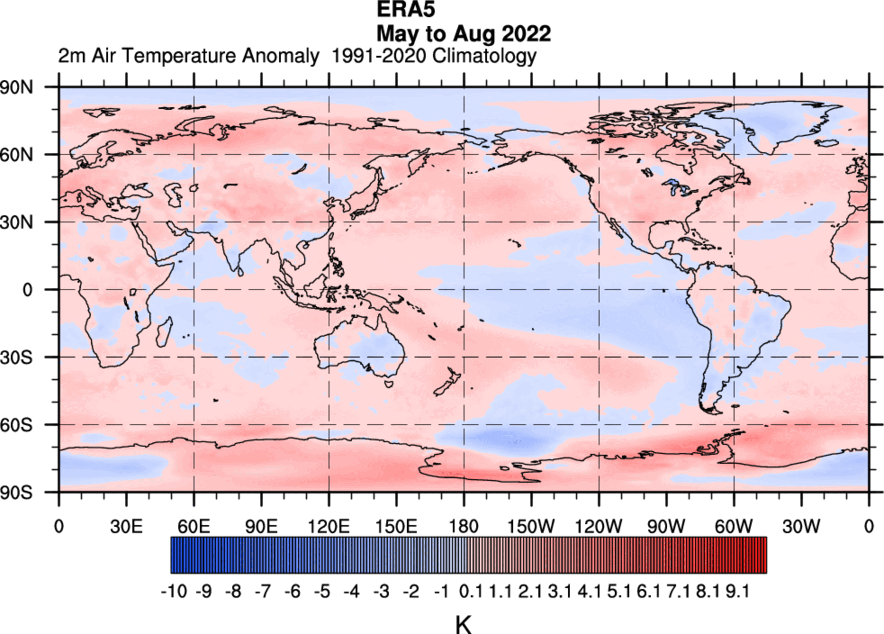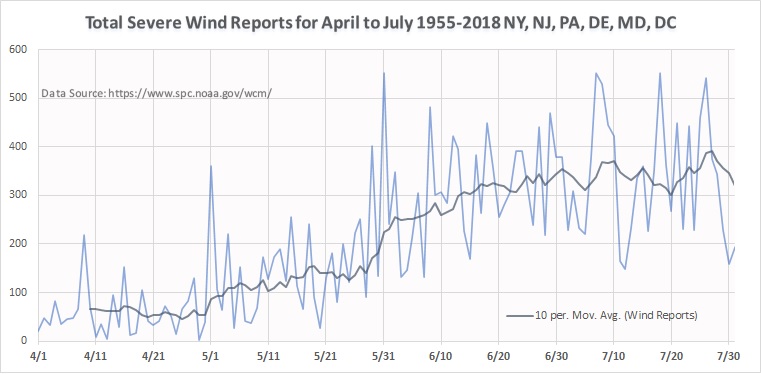Whether it's tropical cyclones, SE US flooding, or widespread record warmth, there is a nonlinear component to the general circulation that drives the anomalous weather. An amplified ER worked in tandem with an Asian synoptic RWT to amplify the flow (see subsequent tweets).
https://twitter.com/antmasiello/status/1644136733498306563
Watch the darker blue colors just off the Equator move westward in this moving 5-day mean (negative OLR=convection), as the gradient in velocity potential tightens up near the Mei-yu Front. Impressive coherence for the RW here and its interaction with the Extratropics.
The seeding from Asia and the extra diabatic assist from the tropical convection, created a wave train that amplified the flow over North America, setting the stage for the various anomalous weather events.
These synoptic wave trains that emanate from Asia and amplify across North America will then propagate into the Atlantic-Europe-Africa sectors. They help to propagate the MJO signals through the western hemisphere by the upper level winds.
In my dense Pacific Jet threads, I linked a paper about Asian wave train seeding and diabatic forcing from the western Pacific. It relates to this situation too.
https://twitter.com/antmasiello/status/1627103766703996929
• • •
Missing some Tweet in this thread? You can try to
force a refresh

 Read on Twitter
Read on Twitter














